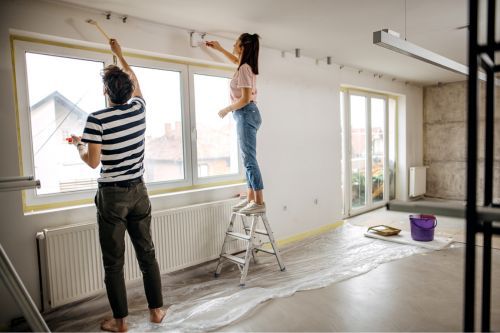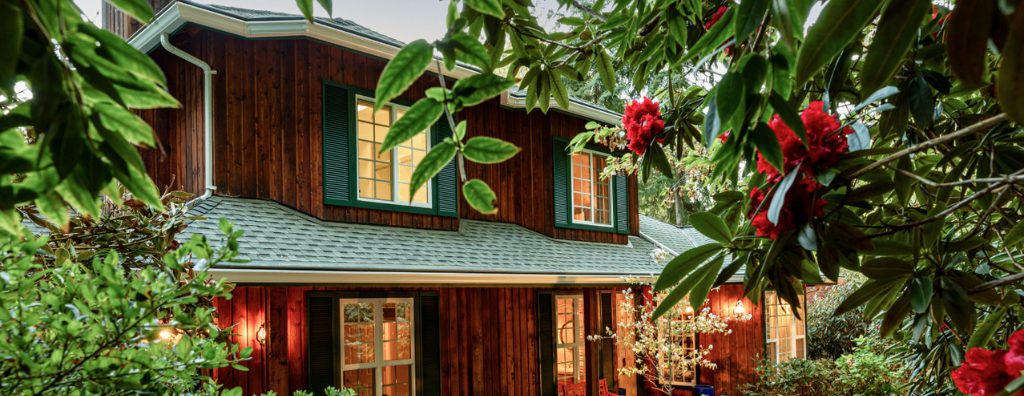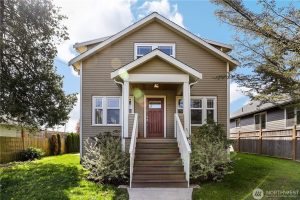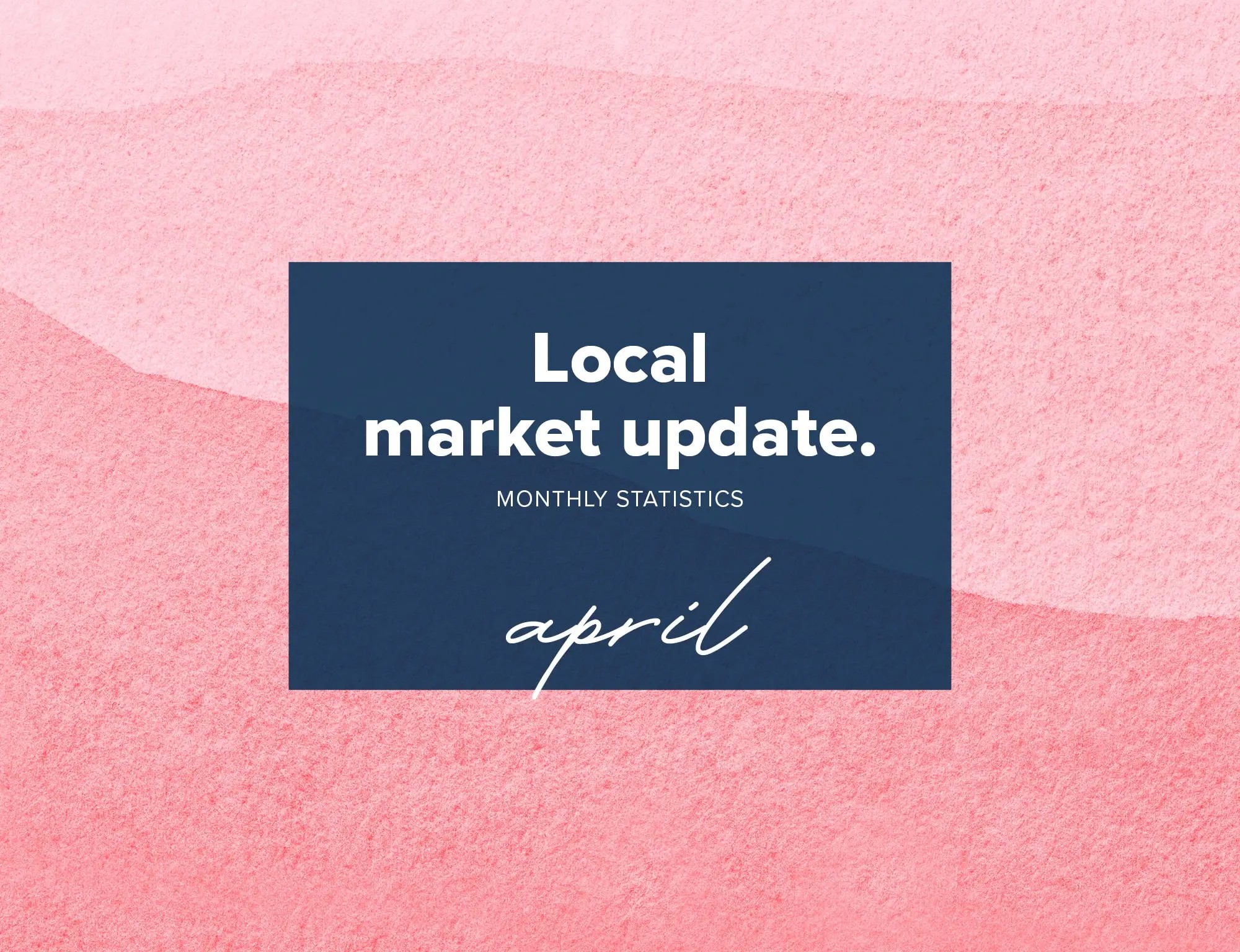Our local real estate market is seeing sellers flood the landscape with listings, but buyers aren’t diving in. Despite double-digit increases in active listings across the board, sales declined in all four regions—possibly signaling buyer caution amid ongoing national economic uncertainty. This complete 180 in supply and demand compared to last year’s intensely competitive market is already impacting price growth—but by how much, and for how long, remain key questions in the months ahead.
King County home prices rose 5% year over year, bringing the median to $1,030,000 in April. Active listings surged 70%, significantly boosting inventory. Buyer activity, however, slowed: pending sales dropped 9% and closed sales fell 2%. Still, 67% of homes sold at or above list price, showing that well-priced listings continue to attract competition. King County condo prices held steady at a median of $579,950, while active condo listings rose 74%.
Seattle homebuyers remained competitive last month, with 65% of residential sales closing at or above list price—even as active listings climbed 47% from a year prior. However, pending sales fell 7%, suggesting increased caution from buyers. The median sold price for single-family homes reached $1,025,000, up 3% from 2024. Seattle condo prices were flat at $598,000, while active condo listings also rose 47%.
The median sold price for Eastside homes edged up 1% compared to last April, to $1,697,500. Even with a staggering 125% increase in active listings, demand remained strong: 92% of homes sold within 30 days, and nearly 75% closed at or above asking price. Still, pending sales dropped 15% and closed sales dipped 3%. Eastside condo prices rose 4% to a median of $754,500, while active condo listings skyrocketed by 165%.
In Snohomish County, April’s median residential sold price held steady at $799,950, virtually unchanged from last year. The share of homes selling at or above listing price fell to 65%, down from 76% last year – likely a response to the 79% jump in active listings. As inventory rose and prices plateaued, 84% of homes sold within 30 days, but the county saw a 4% drop in pending sales compared to 2024. In the condo market, the median price declined 2% and active listings soared 113%.
As we move deeper into the traditionally busy real estate season, the disconnect between supply and demand will be a key trend to watch. Buyers may remain hesitant until broader economic signals stabilize, while motivated sellers continue to drive up inventory. Whether prices hold, soften, or climb will likely depend on which side makes the next move. In a market this fluid, having a trusted real estate expert on your side makes all the difference. For guidance tailored to your goals this season, connect with your Windermere advisor today.
Click here to read more.
 Facebook
Facebook
 X
X
 Pinterest
Pinterest
 Copy Link
Copy Link

















